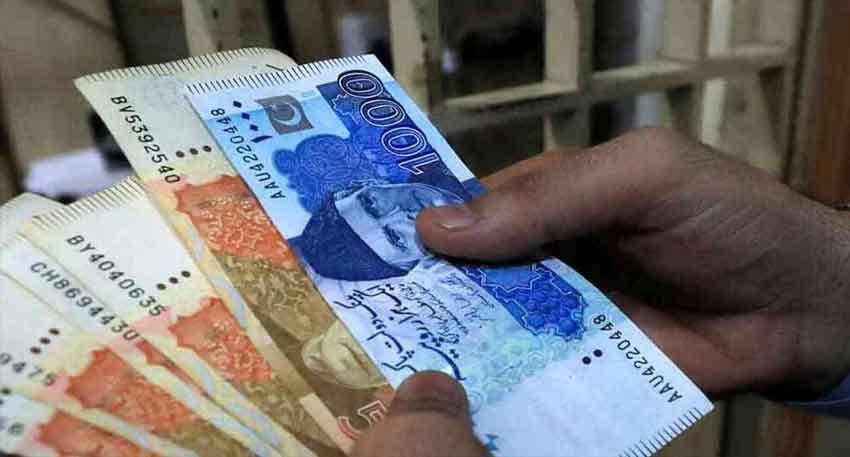
According to sources, the new income tax slabs being considered for the upcoming fiscal year 2024–25 are designed to reduce the burden on lower and middle-income earners — a long-awaited sigh of relief for millions of workers.
Also read: Crypto governance takes shape as Pakistan forms regulatory review committee
For people earning Rs100,000 per month, a 2.5% income tax rate could apply.
If your monthly salary is Rs183,000, you may face a 12.5% tax rate.
Those making Rs267,000 per month might be taxed at 22.5%.
Individuals earning up to Rs333,000 could fall under the 27.5% bracket.
Anyone earning more than Rs333,000 monthly may be taxed at 32.5%.
These proposed slabs are expected to become a key part of Pakistan’s federal budget for 2024–25. If agreed upon, they would directly affect hundreds of thousands of salaried individuals, particularly those in the middle and upper-income brackets.
For the government, this adjustment is a strategic move to increase revenue while softening the blow for low-income workers, many of whom have long struggled under rising inflation and stagnant wages.
The final budget, including these new tax brackets and other economic reforms, is expected to be officially unveiled in the next few days. The nation’s salaried class is watching closely, hoping this time relief won’t just be a promise — but a policy.
The IMF’s willingness to ease its stance on tax conditions shows a shift in tone — perhaps an acknowledgment of Pakistan’s pressing need to support its struggling middle class. While higher earners may see their tax burden rise, this strategy reflects a balance between revenue collection and economic empathy. If implemented smartly, it could increase public trust and stimulate broader compliance, giving Pakistan’s economy some much-needed breathing room.

